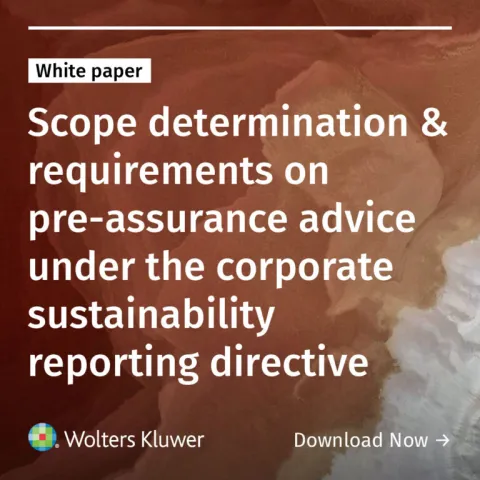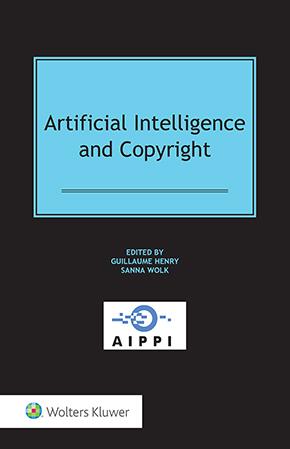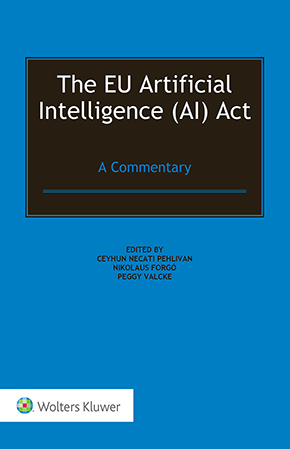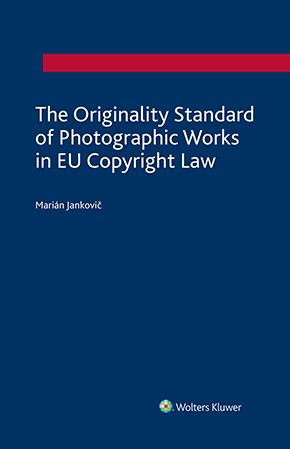A bittersweet symphony for the Belgian National Orchestra: CJEU applies EU copyright contract law to musicians appointed under statutory law - Part 2
August 21, 2025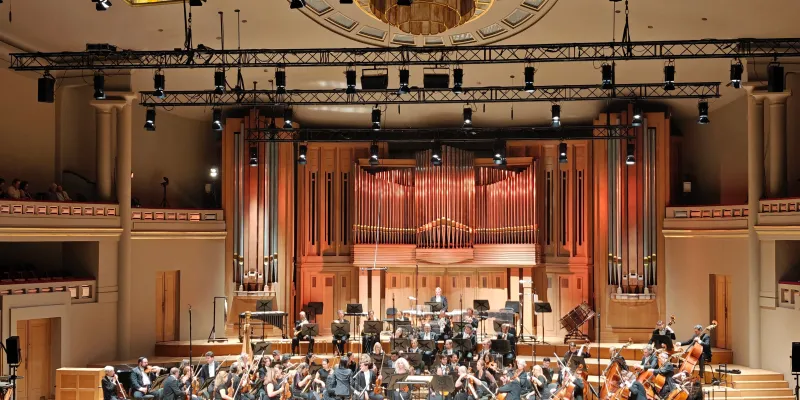
Member States may not require performing musicians to transfer their neighbouring rights without their consent through an administrative order. On 6 March 2025, the Court of Justice of the European Union (CJEU) held that the Belgian Royal Decree that effected such a compulsory assignment for the statutorily appointed musicians of the Belgian National Orchestra runs counter to European Union (EU) copyright law. Part 1 of this blog post focused on the background, facts and procedural elements of the case, as well as the personal and temporal scope of application of the relevant EU legal framework. Part 2 treats the ensuing substantive consequences in terms of musician consent and remuneration.
Exclusive rights of performers
Upon performing a certain piece of music, performers automatically acquire the exclusive, negative right to either prohibit or authorise certain acts on the part of third parties (Soulier and Doke, §33). They are the initial rights owners.
This gives musicians certain economic prerogatives that are meant to allow them to extract (commercial) value from their performance(s) by granting certain rights to other parties through exploitation contracts. These ‘exploitation rights’ extend to the fixation of the performance, as well as its reproduction, distribution (including rental and lending) and communication to the public, including making available to the public. Save this making available right, performers’ right to communication to the public largely equates to an unwaivable remuneration right, subject to mandatory collective management. Exploitation rights are curtailed by certain exceptions and limitations. A 2022 study on performers’ rights is available here.
Musicians’ negative rights find their basis in the InfoSoc Directive and the Rental and Lending Directive, as implemented into Member State law. In Belgium, the main relevant provision is Article XI.205 Code on Economic Law (CEL). At the international level, Articles 7 Rome Convention and Articles 8 through 10 WPPT set minimum benchmarks.
Requirement of consent
If third parties want to use (a fixation of) a performance in a way that is covered by these exclusive rights, consent thereto must be acquired from the relevant right owner(s). The CJEU has confirmed this principle on multiple occasions (see e.g. Soulier and Doke, §33-34, Renckhoff, §16, 29 and Spedidam, §38). Musicians may transfer (or ‘assign’) their exclusive rights to third parties. In return, the musician usually obtains a form of compensation, either by way of a flat fee or through recurring royalty payments. For such a rights transfer, consent is required—either on an individual or a collective basis. Specific national regimes exist in an employment context. For example, under Belgian law, no automatic transfer of copyright takes place; this must be expressly provided for (Article XI.205(4) Belgian CEL).
Contracts that establish a transfer of (or a licence to) the exploitation rights associated with musical performances fall under the umbrella term ‘(copyright) exploitation contracts’. In order to counter the difference in relative bargaining power between musicians and their commercial counterparties, the content of such contracts is limited on several fronts, including by the protective framework provided by copyright contract law. As discussed in part 1 of this blog, the CJEU held that the relevant EU provisions apply to the statutorily-appointed musicians of the BNO. It then went on to hold that the relevant provisions of the InfoSoc and the Rental and Lending Directive preclude the general transfer of the rights of the BNO musicians without their prior consent as foreseen by the Decree (see also AG Opinion, §40).
Parties’ consent to enter into a copyright exploitation contract must generally be express. Express consent may be defined as an authorisation that is explicitly communicated by the consenting party before the exploitation, and is contrasted with presumptive consent, which refers to implicit authorisation deduced from certain strictly defined external factors. Under EU law, presumptive consent is only accepted if (1) the author is actually informed of the intended use of their work and (2) they have been put in a position to prohibit the use if they so desire (Soulier and Doke, §35-36; Spedidam, §40 VG Bild-Kunst, §38, see also AG Opinion, §44-45). If no actual and individual information is proven, a mere lack of opposition on the part of the author does not equal the requisite consent (Soulier and Doke, §37-43).
The exploitation of the exclusive rights associated with a joint performance in principle requires express consent from all parties, especially if the individual contributions are not discernible. A single musician can then stop all others from exploiting the performance. To mitigate this, certain Member States, such as Belgium, the Netherlands and Germany, have expressly regulated the requirement of consent relating to live performances by large groups. These rules designate specific musicians as representative(s) of the group. The applicable regimes differ, from the appointment of soloists, directors and conductors (Belgium and the Netherlands), to group leaders (Belgium and Germany) or elected representatives (Germany). Such regulatory specifications are expressly allowed under Article 8 Rome Convention.
However, this in itself does not allow a compulsory license for joint performances (AG Opinion, §41). The compulsory license for secondary use in the sense foreseen by the Rental and Lending Directive does not offer a way out for the Decree (§36-38). In any case, the mere presence of a form of remuneration does not replace the need for consent (§34). The CJEU subscribes to this view and considers that no relevant exceptions or limitations apply (CJEU Judgment, §107-116). Additionally, it refers to the need to take account of the freedom of contract under Article 18(2) DSM Directive and to provide a high level of protection to performers (§119-120). The CJEU concludes that the Decree is counter to EU law (§126).
The CJEU does not set an explicit benchmark on how the requirement of musician consent should be construed (CJEU Judgment, §122). Inspiration may be drawn from the realm of consumer law. A separate, prior, clear and comprehensible expression of parties’ wills should be envisaged (cf. Articles 5–8 Consumer Rights Directive).
The potential impact of this finding beyond the Decree is the subject of further scrutiny, even outside the realm of performers’ rights. More specifically, the question arises whether the Dutch rules on employer and ‘disclosure’ copyright (Article 7 and 8 of the Dutch Copyright Act) are still tenable in light of it. A similar consideration may be made as to the Benelux provision regulating the copyright ownership of designs made on commission or by an employee (Article 3.29 BCIP). On this matter, the reader is referred to the clear discussion by Professor Dirk Visser and Jasper Klopper (see also this recording, albeit in Dutch, and this blog post by another author), including the observation that the CJEU judgment in the Luksan case should be taken into the equation.
Requirement of appropriate and proportionate remuneration
As the CJEU held the Decree to be counter to the relevant provisions of the InfoSoc and Rental and Lending Rights Directives, it did not substantively treat the question whether the annual fee of 600 EUR be ‘appropriate and proportionate’ in the sense of Article 18 DSM Directive. This provision requires all Member States to ensure that artists who enter into copyright exploitation contracts ‘are entitled to receive appropriate and proportionate remuneration’.
The scope of appreciation for Member State legislators is significant, as evident from the broad concepts and the lack of concrete benchmarks for appreciation. The inevitable further contractual definition of these concepts is associated with increased transaction costs and may perpetuate and reinforce existing imbalances in bargaining power. It would have been interesting to see how the CJEU interprets the requirement of appropriate and proportionate remuneration in a music industry context. As this bittersweet realisation creeps up, however, so does the eagerness to find out the result of the ongoing case on the division of music streaming revenues against Universal in Amsterdam. As for streaming revenue in particular, it may be argued that its distribution (1) should occur on the basis of all quantifiable revenues stemming from exploitation, (2) using a fair royalty rate, whereby a 50/50 division is defendable, and (3) without excessive discounts and/or deductions (see in significantly more detail here).
A copyright contract law ‘symphony’
One of the pieces performed by the BNO in the concert that kickstarted the legal proceedings ultimately leading to this CJEU judgment is Anton Bruckner’s Symphony No. 5 in B flat major. This 80-minute-long cathedral of classical music is known for its long tension arcs and meticulous build-up towards a majestic, fortississimo close.
With some imagination, we can make an analogy with the evolving field of copyright contract law. This set of rules has already existed for a while under the laws of some Member States, including Belgium, France and Germany. The first comparative analysis of the legal framework in various Member States dates from 1993, by Professor Hendrik Vanhees.
Following this first, largely national movement, harmonisation activities at the EU level were slow to evolve, following the adagio motif of the Fifth Symphony’s second movement. This is understandable, as the contractual sphere has traditionally been an area reserved for national legislators. Moreover, for a long time, effective challenges to the fairness of music industry contracts in court remained rather scarce. For example, empirical research finalised in the Netherlands in 2020 reports only two cases in total on the issue of fair remuneration (regarding photography and journalism).
With the DSM Directive minimum benchmarks on exploitation contracts solidifying the legal framework in many Member States, a molto vivace scherzo of case law could be underway—the pending CJEU case on Belgium’s collective remuneration rights and the abovementioned Dutch case being two eagerly awaited ‘motifs’ in this context. How the Finale will sound, is yet to be confirmed, but it is to be hoped that its grandeur will befit the quality of the BNO’s musicians. It is clear that the elusive quest for fairness in the music industry will take a lot more than 80 minutes to complete. And—hoping you will forgive this final classical music analogy—the applause will only sound after the final chord has been successfully struck.
The author has conducted in-depth research on the rights of musicians and the exploitation thereof. The published version of the author’s doctoral thesis, which focuses on the legal framework surrounding contractual dynamics in the digitised music industry in the European Union and the United Kingdom, is available here.
Author’s note: readers who remain unconvinced by the wonders of classical music and prefer more contemporary work are invited to listen to this recording of the symphony at hand, around the 19:20 mark.
You may also like





